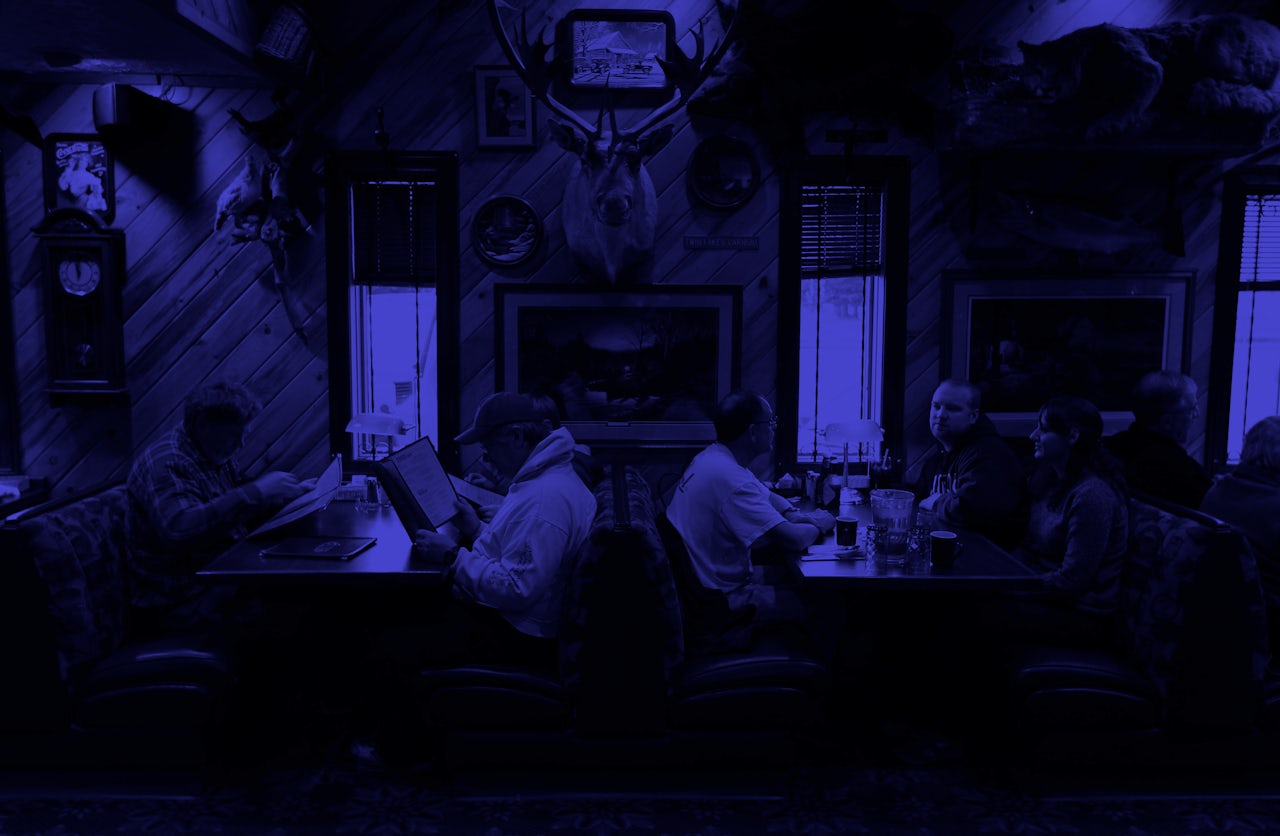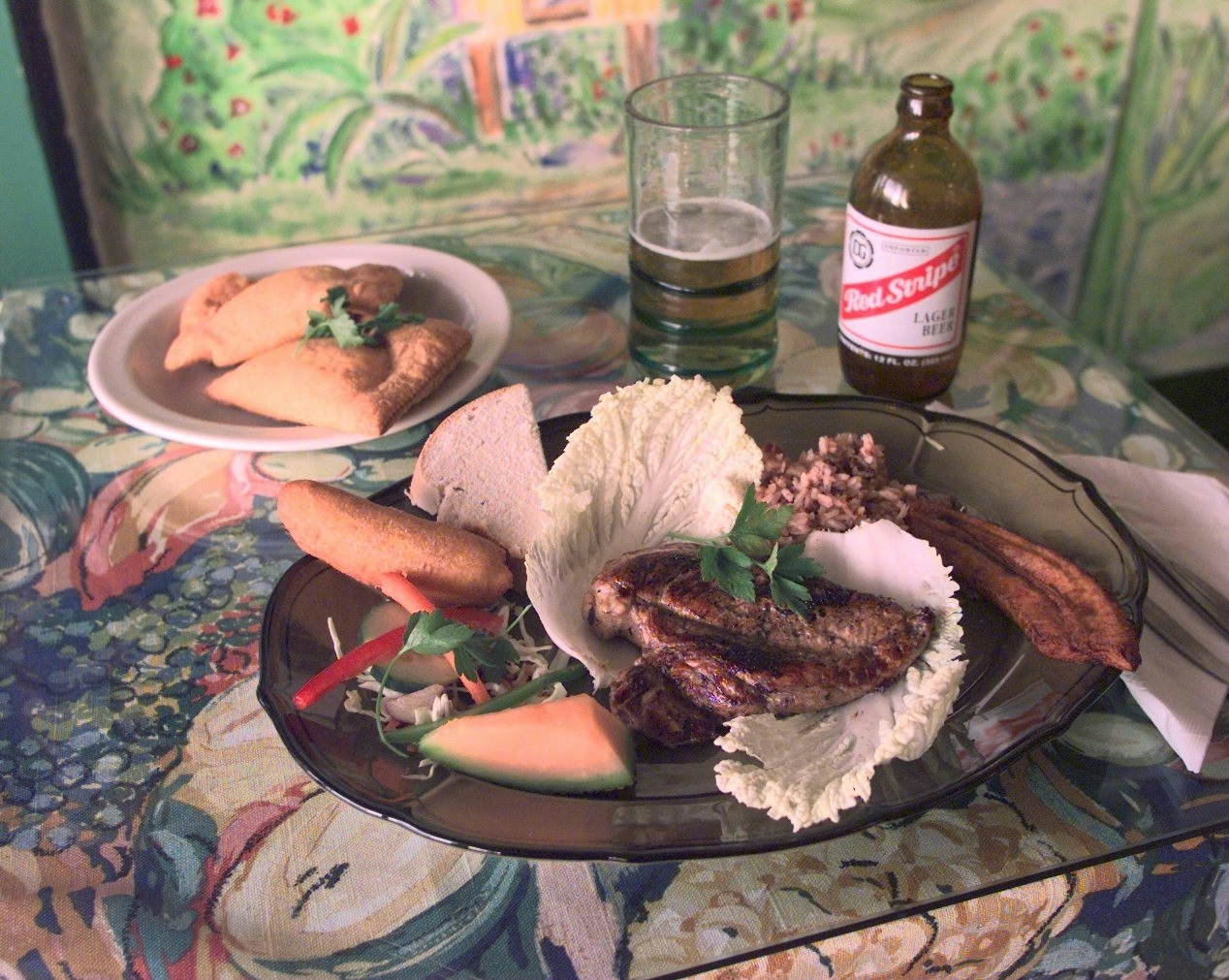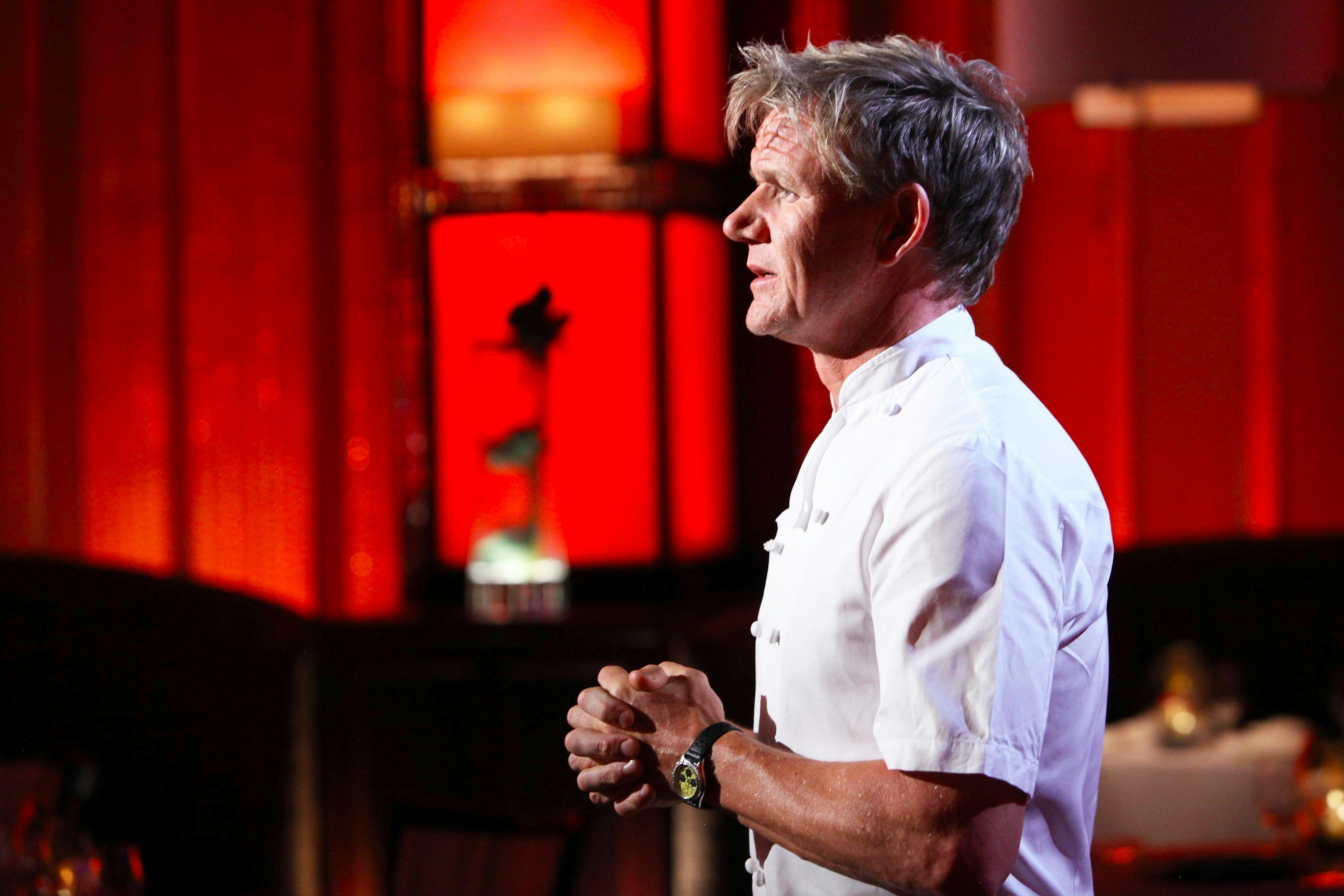There have always been certain food writers whose mission it is to discover the best restaurants and dishes not in New York, San Francisco, or L.A. Jane and Michael Stern put their stamp on the industry with the publication of their book Roadfood, a so-called "authentic guide to regional cusine" in 1977. Several writers and television shows followed in their footsteps, from Food Network’s Diners, Drive-Ins, and Dives to the Travel Channel’s Food Paradise to pretty much every television show in which Anthony Bourdain has starred. But the natural concentration of food writers in big cities where new restaurants open almost every day can sometimes lead to embarrassingly naive articles that assume delicious, culturally diverse foods only exist in such places, or that ethnic cuisine is a novelty to be marveled at. This begs the question: Is there any room for a restaurant reviewer to work outside of major metropolises? Or is food writing just one of those rarefied professions that can only exist in the country’s most populous places?
I spoke with three food writers who live in places where restaurants can be few and far between to find out. Stella Fong writes for the Montana-focused food and culture blog The Last Best Plates and hosts Flavors Under the Big Sky, a food show broadcast on Yellowstone Public Radio. For Fong, writing about restaurants in a state whose population is about an eighth of New York City’s is more an act of recording cultural and interpersonal histories of the region than determining the worst and best restaurants of the year. “When you have a smaller population I feel like the advantage is I somewhat have a connection to most of the people I talk to whether it's someone I've worked with or someone's family or it's somebody that knows somebody,” Fong, who moved to Montana from San Diego 18 years ago, told The Outline. “That's the intimacy that you get when you move to a smaller population.”
Montana, the population of which is 89.2 percent white, has far fewer than New York City's estimated 24,000 restaurants (representatives from the state’s Labor Department and Office of Tourism were unable to tell us how many restaurants the state has, but the state's restaurant association has 200 members). But Fong finds it's natural for her to focus on the stories of the people behind the food as well as the dishes themselves. “One of the things about the big cities is that you go [into a restaurant] and you tell a story and you leave,” she said. You're not really connecting with the people that you interview just because there's so much going on. You don't have a chance to to really intimately, I think, feel what people are trying to do.”
Food writers in less-populous cities tend to have a lot more ground to cover and relatively less competition to cover it. Arkansas food writer Kat Robinson writes about restaurants across the state for national outlets as well as her own blog Tie Dye Travels with Kat Robinson. Robinson says her work can be a force for tourism in overlooked small towns. “If you have a restaurant in a little-bitty community that may not have much going for it on a tourism basis, maybe there's no other reason in the world somebody might want to go there. If you've got a good restaurant, it can be enough to bring people in,” Robinson told The Outline. “So it's not just the person that's taking your order and cooking your meal and running the restaurant per se. It's also the guy down at the convenience store that you're buying gas from. Or maybe the guy at the local Dollar General because you stopped in to pick up some sort of sundry. Or it's the lodging operator who happens to have rented a room for the night to somebody that was coming in just to dine at this place.”
Fellow Arkansan Eric Harrison, who reviews restaurants for the Arkansas Democrat-Gazette, says many folks outside of the state would be surprised to learn that the “Golden Age of Restaurants” has spread to parts outside of New York and L.A. “There's an enormous food blog culture here,” Harrison told The Outline. “Obviously the readership is going to be slightly different because people in New York are — I don't want to say they're more sophisticated — but they're certainly pickier.”
Perhaps the biggest difference between food writing in big cities and less-populated areas is that “eat local��� is not just an abstract mantra, but a way of life. Through food writing, Robinson told me, “[Farmers] can find outlets that are close by where they can sell their produce, where they can sell their beef and their chicken right here in the state, which reduces food miles.” She added: “It brings people to the idea of local food and it brings local food to the people that'll eat it. So I have to remind myself this is all bigger than what I am, I'm just here to share the stories.”











